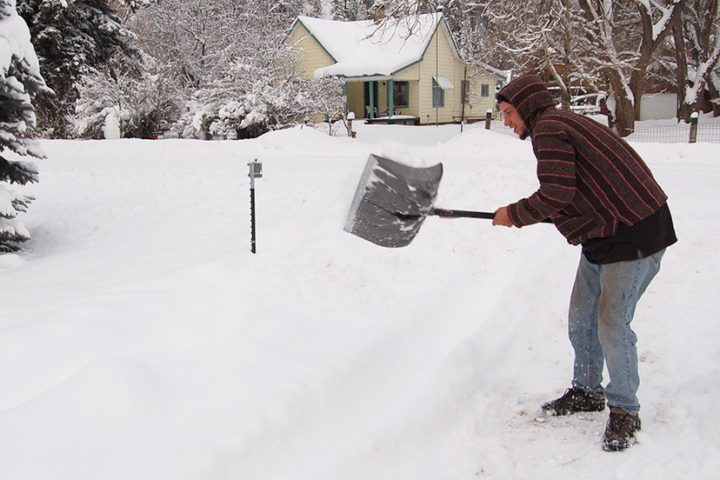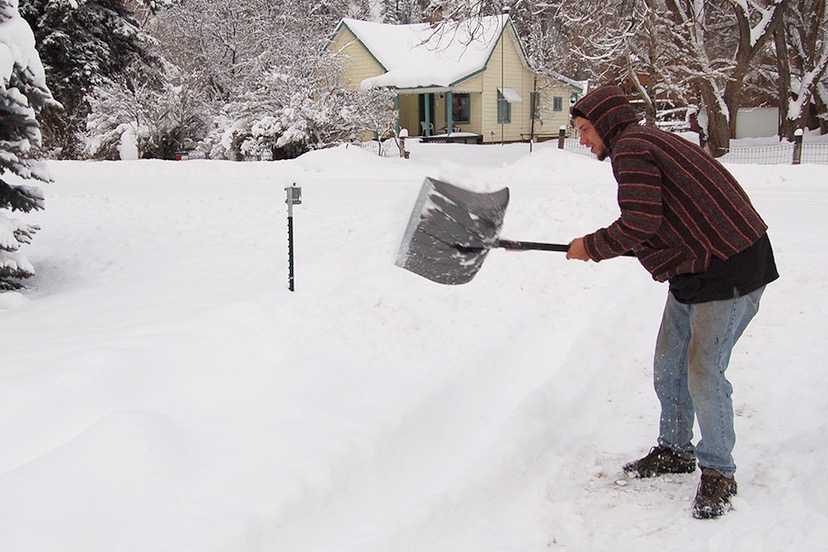January, 2020
Certain things were looking hopeful, as the year began. Yes, there were some vague reports of a respiratory disease in China, but over here in Middle of Nowhere, Colorado, I was excited to be freshly appointed to the Town of Pagosa Springs Planning Commission — a seven-member commission that had been functioning (if that’s the accurate term) with only three members for several months. By January, the commission not only had its full complement of seven members, but — with a transfusion of new blood — seemed likely to become a fully functioning, activist commission that did more than merely rubber-stamp proposals brought before them by Town Planner Director James Dickhoff.
The commission had begun discussing ongoing community issues like downtown parking and affordable housing, and the seven volunteer members seemed fired up to tackle some of the problems that the Town’s well-paid staff simply hadn’t found time to solve, or maybe didn’t believe were too important.
There was even a rumor that the elected Town Council wanted to meet with us and hear our ideas for 2020 and beyond. A chance to see some real change take place?
As a member of the local media who has been researching and writing about community development issues since 2004, I thought I might have some ideas to share with the group.
And as a local activist who had — on separate occasions — taken both the Archuleta Board of County Commissioners and the Pagosa Springs Town Council to court for violations of Colorado’s Open Meetings law, I assumed I would be able to openly express my concerns about any unethical government behavior… were the Planning Commission to accidentally head off into questionable legal territory during my term of office. (My assumption proved incorrect, but we’ll touch on that issue later in the story.)
Our Planning Commission in January 2020 was less-than-representative of Pagosa’s overall population, however. For one thing, six of the members were business owners and the seventh was a self-employed writer. The commission included only one woman, and not a single representative of the town’s Hispanic population. Basically, we were a collection of older white businessmen, charged with looking out for the best interests of a traditionally working-class community.

I couldn’t yet tell exactly how the other Planning Commission members felt about our community’s most important development issues, but my personal concern for our community was centered around “housing”.
I almost used the word “gentrification” instead of “housing” in that sentence.
It would be easy to make the case that “gentrification” has been happening here in Pagosa Springs, but I would hesitate to correlate the dynamics of our community development in Archuleta County with what’s been happening in big Colorado cities like, say, Denver, Colorado Springs, and Boulder. In those urban communities, the movement of wealthier white (and Asian?) retirees and college graduates into traditionally poorer, Black and Latino neighborhoods, continues to stir up “equity” and “social justice” controversies. One of the key complaints coming from the traditional residents in those big-city neighborhoods, as wealthier residents and businesses move in, centers on the resultant increase in rental rates — increases that then drive some families and local businesses out of a neighborhood where they’ve been living and working for decades.
What has happened in Pagosa Springs over the past 30 years is hardly comparable to what folks are witnessing in Denver, in terms of gentrification.
What’s happening in Pagosa Springs is more comparable to what happened in Aspen, Vail, and Telluride. Yes, there are elements of gentrification in the process — in particular, the steady increase in home prices and rental rates. But the wholesale displacement of people of certain ethnic groups is less of an issue here. Pagosa Springs was, from its beginning, largely a well-integrated mix of Anglo and Hispanic families and businesses, and it continued to be fairly well integrated in 2020.
Except, as I mentioned, on the Town Planning Commission… and in the Town government as a whole. Not terribly representative of all our ethnic groups.
It has seemed to me that the ability to make competent decisions on the Town Planning Commission depends upon a person’s familiarity with two rather lengthy and complicated documents: the Town’s Comprehensive Plan and the Town’s Land Use and Development Code. I am using the word “complicated”, here, in the same sense that you might use it to describe your romantic partner’s personality. “Complicated” — as in, full of hidden contradictions and sometimes unfathomable (and frustrating?) mysteries.
The Town Comprehensive Plan process kicked off back in the summer of 2004. From a short article by reporter Tess Noel Baker in the weekly Pagosa Springs SUN, August 2004:
The Town of Pagosa Springs has received just over $60,000 in grant monies to help kick off an 18-month comprehensive planning process.
Julie Jessen, town special project director, said Pagosa Springs’ home rule charter, adopted in the fall of 2003, requires the town to update its comprehensive plan every five years.
“The town had a plan — ‘Plan for Progress’ — created in 1979, but it was never formally adopted,” Jessen said. The new comprehensive plan will address housing, economic development, health and safety, natural environment, public infrastructure, transportation, parks, recreation, trails and open space, community facilities, and growth and development. Currently, the town is considering different consulting packages. Whatever the final schedule, Jessen said, “intense public input,” will be sought from as many people as want to participate…
…”The plan will also include a general history of Pagosa Springs, how it has developed, and a vision of the future,” Jessen said.
The plan was later updated, and the version the Planning Commission was working with in January 2020 was… well, it was complicated. If you happened to be on the Town Planning Commission, and if you took the time to try and understand the 363 “goals” that the Plan professed to be working toward, you might have come to the conclusion that the Plan was an attempt to do two contradictory things:
- Preserve the character of our historic downtown, as it currently exists.
- Change the historic downtown, and the rest of the town, into something ‘better’ than what it is.
As I said. “Complicated.”

